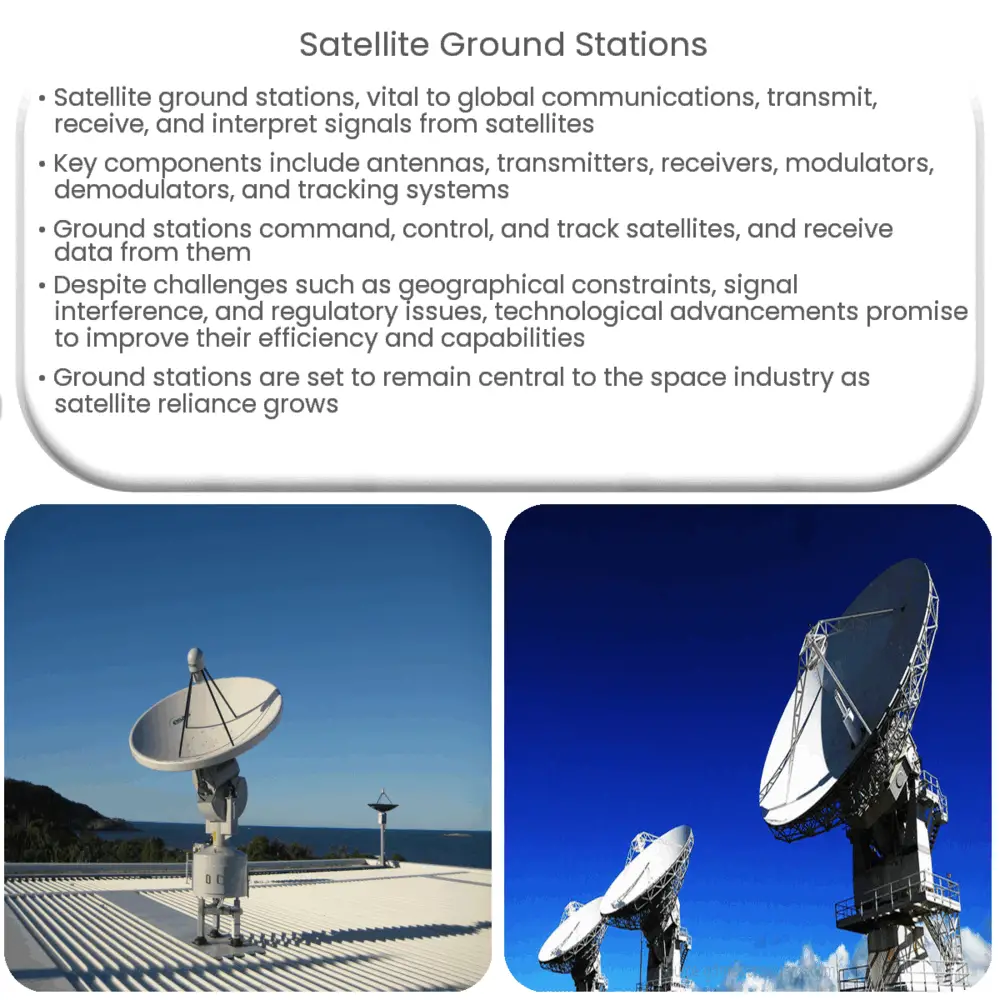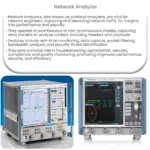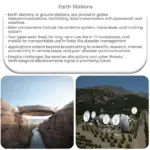Explore the essential role of satellite ground stations in global communication, their components, challenges, and the promising future.

Understanding Satellite Ground Stations
Communications satellites have become integral to the technology that enables the instant, global transfer of information we rely on today. To better appreciate their role, it’s crucial to understand the operation of satellite ground stations, which serve as critical links in this network.
What Are Satellite Ground Stations?
Satellite ground stations, sometimes known as earth stations, are terrestrial radio communication facilities that establish and maintain connections with satellites. These installations can both transmit and receive signals from satellites, facilitating communication and data exchange.
Components of a Satellite Ground Station
- Antenna: The antenna is the most visible part of the ground station. It’s responsible for transmitting and receiving signals to and from the satellite. Depending on the specific mission and satellite, the size, type, and capabilities of the antenna can vary.
- Transmitter and Receiver: The transmitter sends signals to the satellite, while the receiver collects signals from it. These devices often have amplifiers to strengthen the signals before transmission and after reception.
- Modulator and Demodulator: These are involved in the process of preparing signals for transmission and interpreting received signals. The modulator transforms the information into a format suitable for transmission, while the demodulator reverses this process upon receipt.
- Tracking system: This helps keep the antenna pointed towards the satellite, which is crucial for continuous, uninterrupted communication.
The Role of Satellite Ground Stations
Ground stations fulfill multiple roles, all of which are essential to satellite-based communications. These roles include:
- Command and Control: Ground stations provide commands to the satellite, controlling its functions and movements.
- Data Reception: They receive data transmitted by the satellite, including scientific data, surveillance imagery, weather data, or telecommunications information.
- Tracking: Ground stations also track satellites’ positions and velocities, providing essential data for navigation and control.
The Importance of Satellite Ground Stations
The pivotal role of ground stations in global connectivity cannot be overstated. They enable the operation of countless modern technologies, from global positioning systems (GPS) to television broadcasts and Internet connectivity. As technology continues to advance, and more satellites are launched into space, the role and importance of satellite ground stations are set to increase.
Challenges Faced by Satellite Ground Stations
While satellite ground stations are critical to our technologically connected world, they also face several challenges. These include:
- Geographical Constraints: Satellite ground stations need to be strategically placed to maintain optimal contact with satellites. This often requires locations in remote areas, leading to challenges in construction, maintenance, and access to necessary resources.
- Signal Interference: Signals can suffer from degradation due to atmospheric conditions or interference from other sources, requiring advanced technology and systems to ensure signal integrity.
- Regulatory Issues: Ground stations must comply with international, national, and regional regulations regarding frequencies, licensing, and environmental impacts.
Future of Satellite Ground Stations
Despite these challenges, the future of satellite ground stations is promising. With advancements in technology, such as software-defined radios and phased-array antennas, the efficiency and capabilities of these stations continue to improve. The rise of mega-constellations, like SpaceX’s Starlink and Amazon’s Kuiper, also signals a burgeoning demand for more advanced and versatile ground stations.
Conclusion
In conclusion, satellite ground stations play a vital role in our connected world. They serve as the indispensable link between Earth and the orbiting satellites, enabling a wide range of services like weather forecasting, global communications, GPS, and many more. While they face various challenges, continued technological advancements are set to enhance their capabilities and efficiency. As our reliance on satellite technology grows, understanding the operation and importance of these ground stations becomes increasingly significant. We can expect ground stations to remain at the heart of global communications infrastructure, paving the way for new developments and innovations in the space industry.




